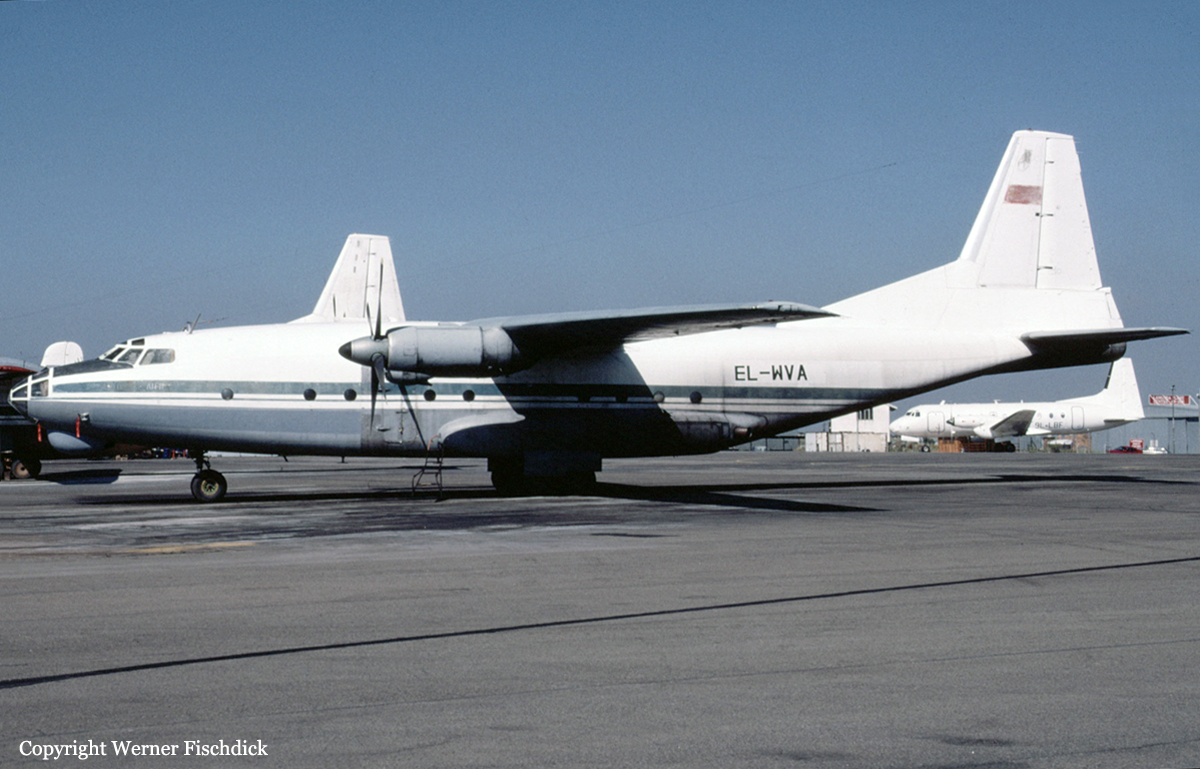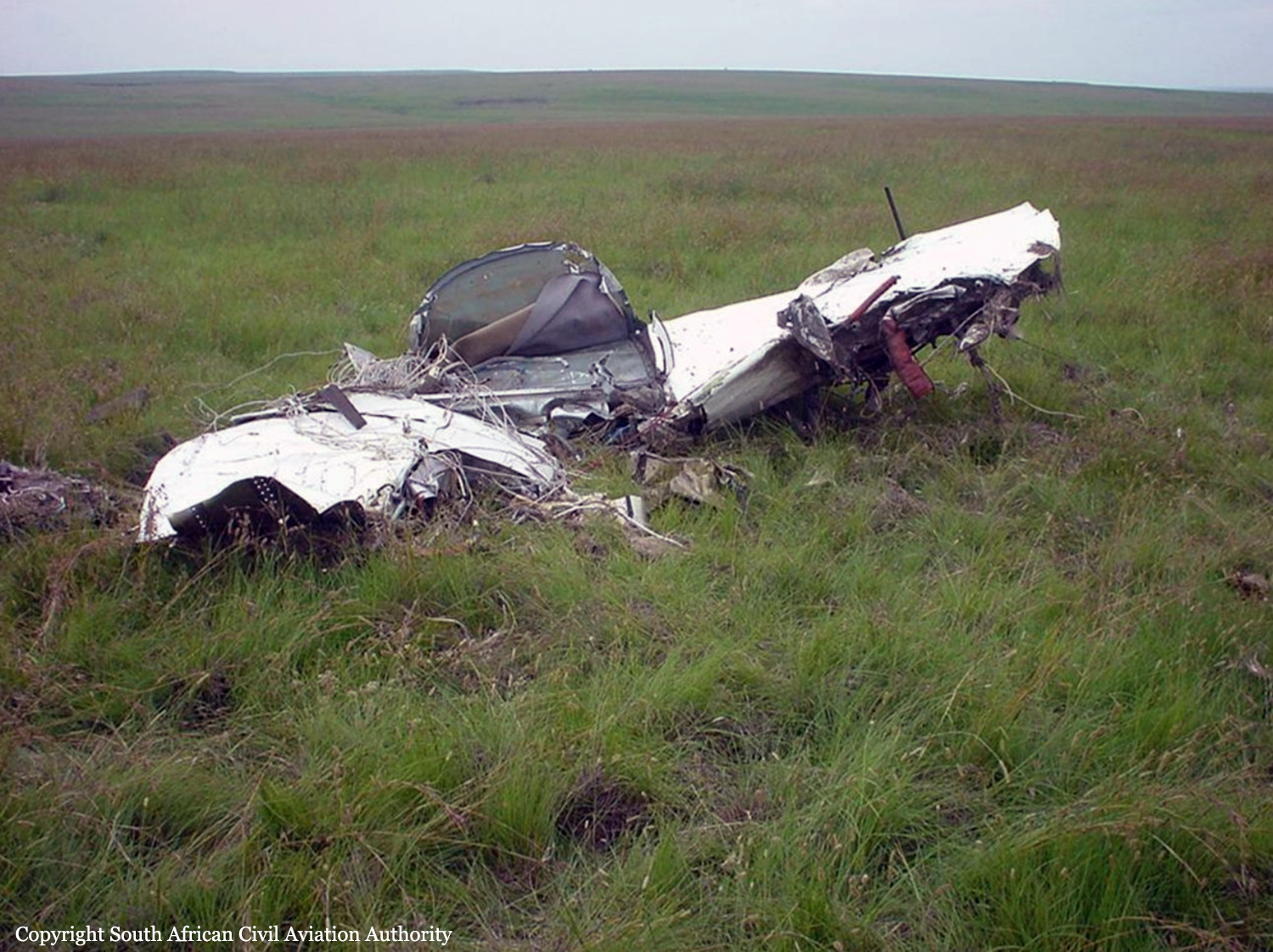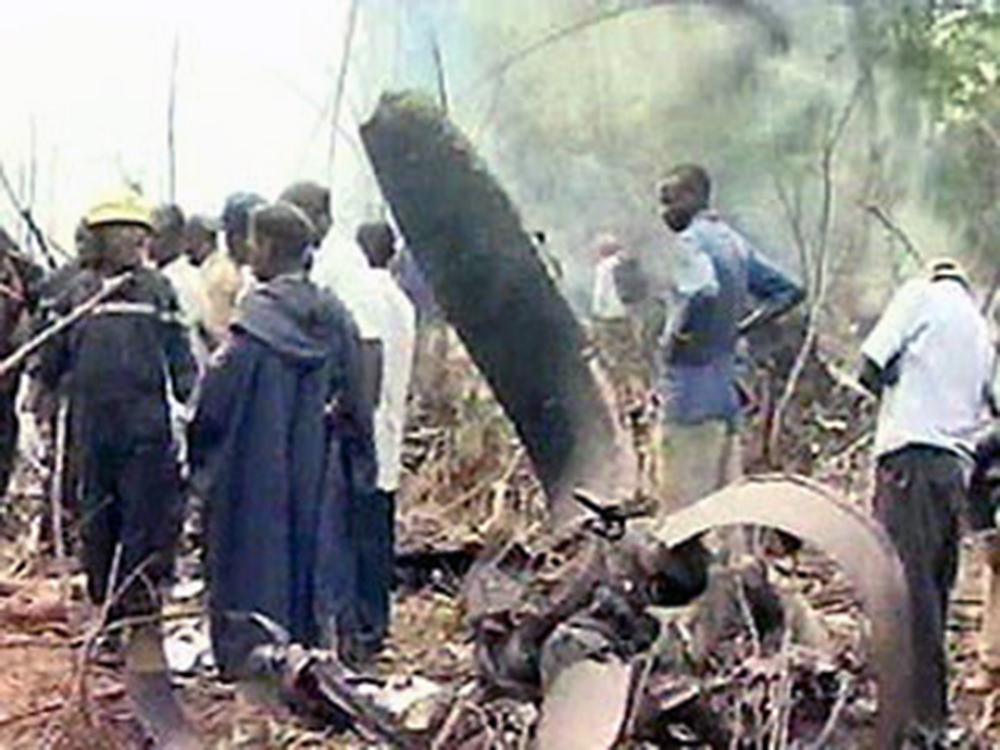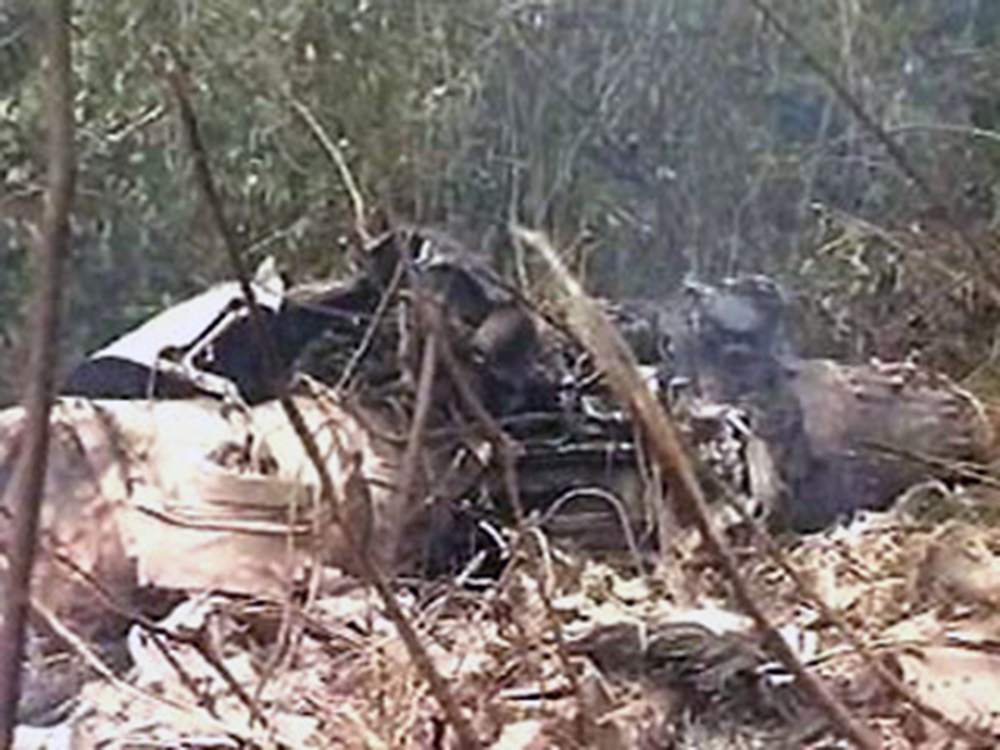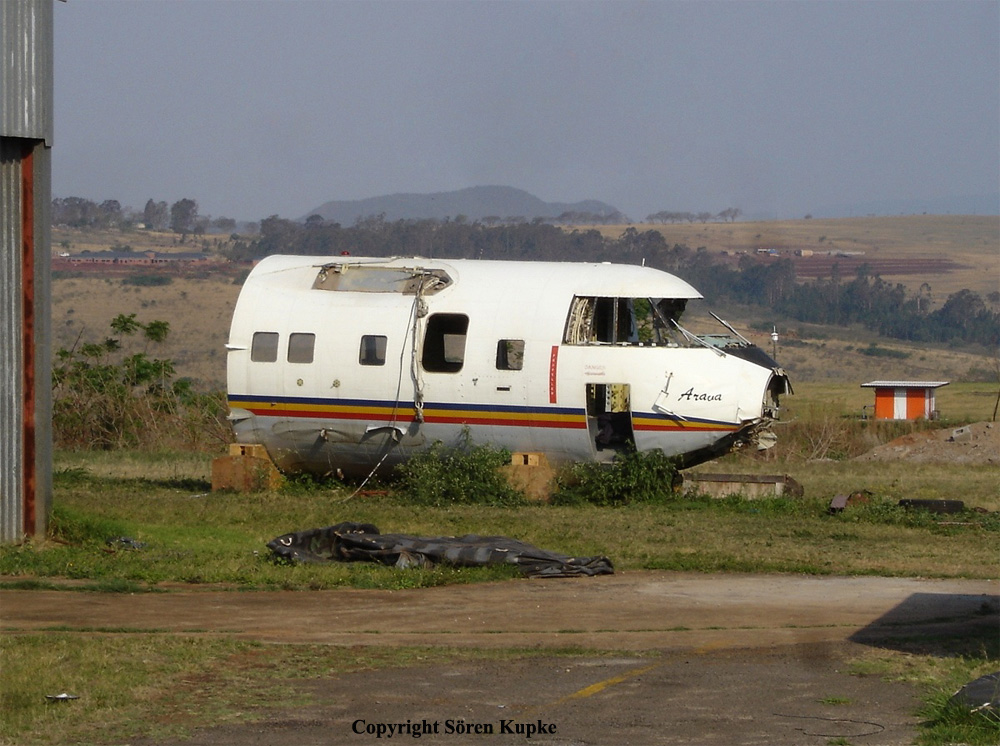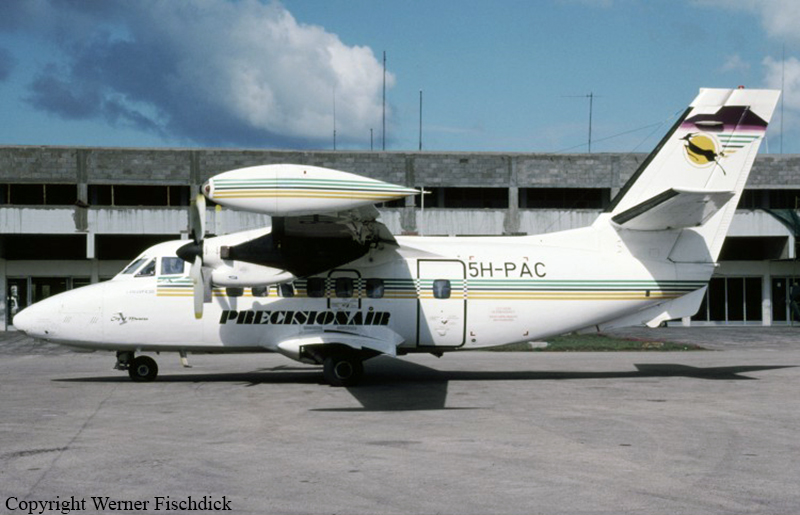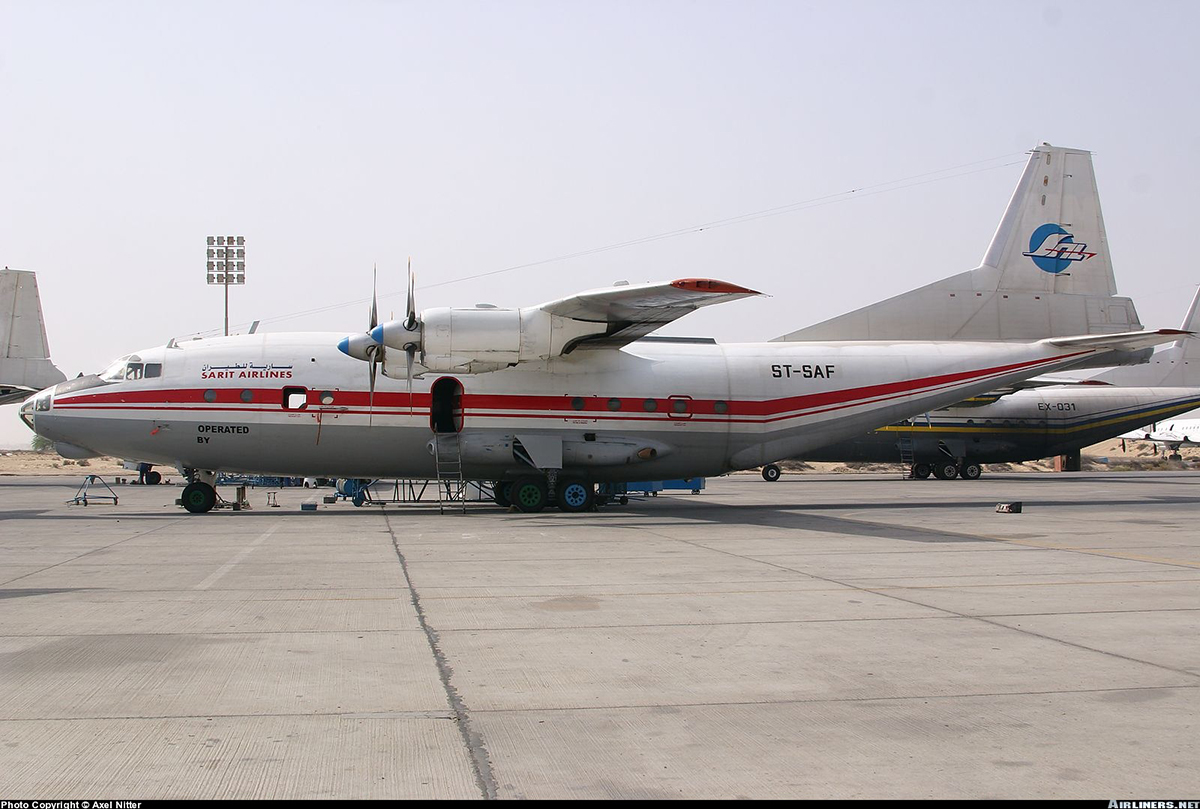Crash of an Antonov AN-8 in Kongolo
Date & Time:
Jan 22, 2005 at 1300 LT
Registration:
EL-WVA
Survivors:
Yes
Schedule:
Goma – Bukavu – Kindu – Kongolo
MSN:
OG 34 40
YOM:
1960
Crew on board:
7
Crew fatalities:
Pax on board:
3
Pax fatalities:
Other fatalities:
Total fatalities:
0
Circumstances:
On final approach to Kongolo Airport, the aircraft crashed on houses located 100 metres short of runway. All 10 occupants were injured while there were no casualties on the ground. The aircraft was completing a humanitarian mission from Goma with intermediate stops in Bukavu and Kindu on behalf of the French NGO "Solidarités". The leasing contract stipulated that no passengers were authorized to board.
